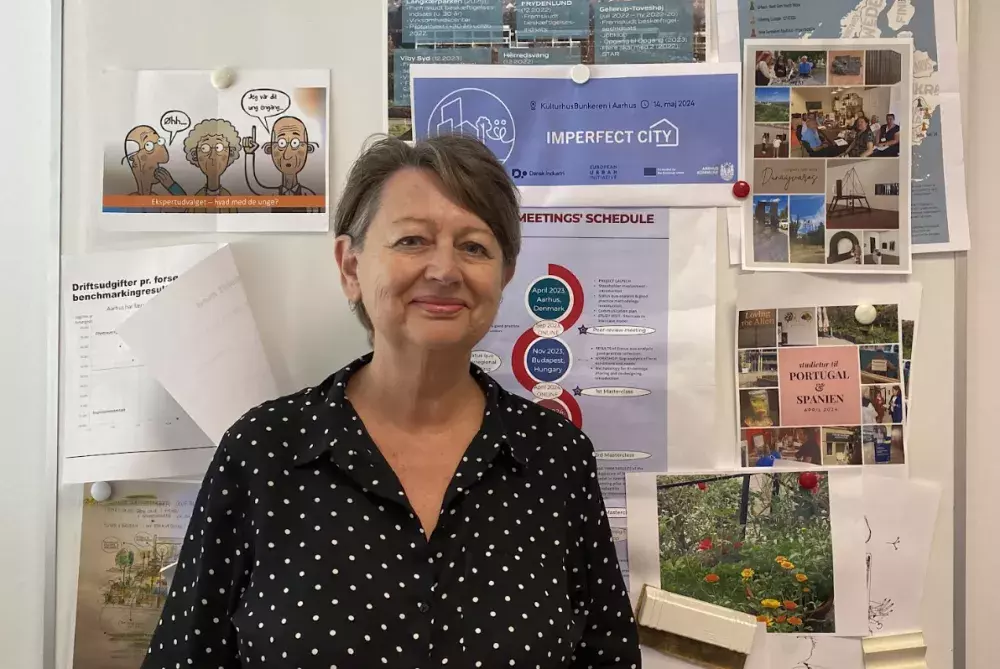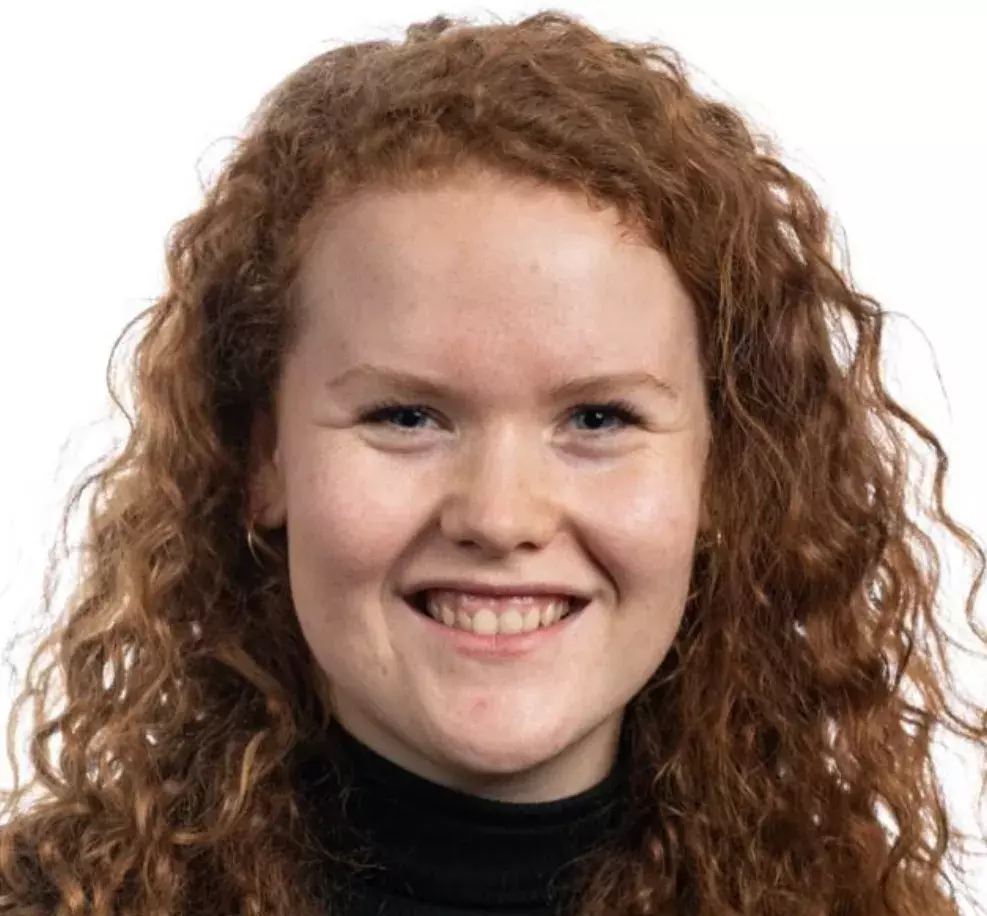Parallel of Life and Art, ImperfectCity Aarhus: Embracing Imperfection in Urban Spaces and Mental Health
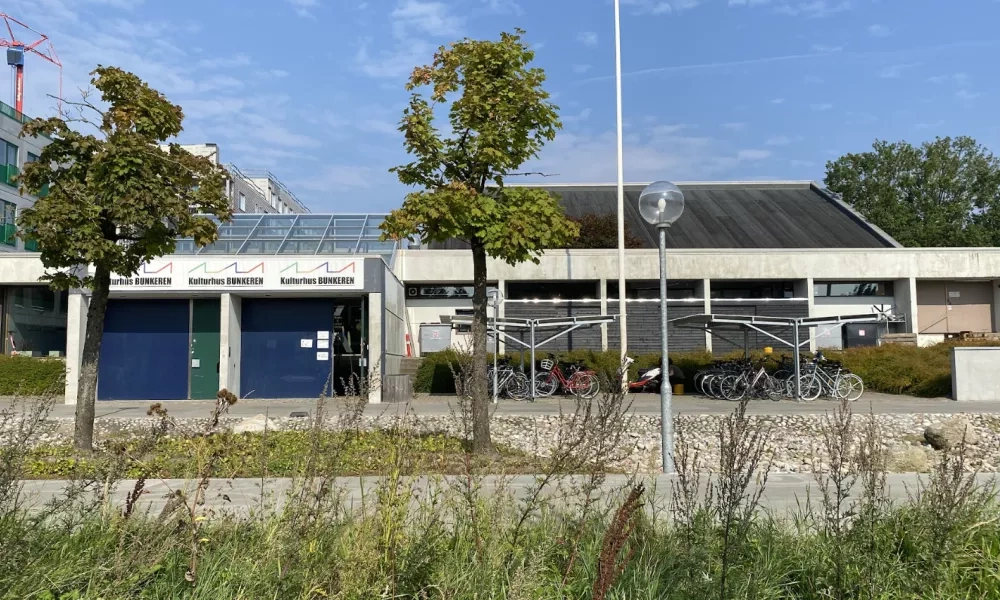
The Imperfection of Cities as a Catalyst for Change
A crucial principle in urban planning is to design for the long term. Sustainable urban planning involves considering the needs of future generations, anticipating changes, and creating adaptable cities. This principle is at the heart of ImperfectCity Aarhus, an innovative project that reimagines urban environments by embracing their inherent imperfections. Rooted in the philosophy that cities are never perfect and should not strive to be, the project challenges conventional ideas about urban design by promoting inclusivity and sustainability. The response to these challenges is critical for achieving the objectives envisaged as part of the European Green Deal and other Commission priorities.
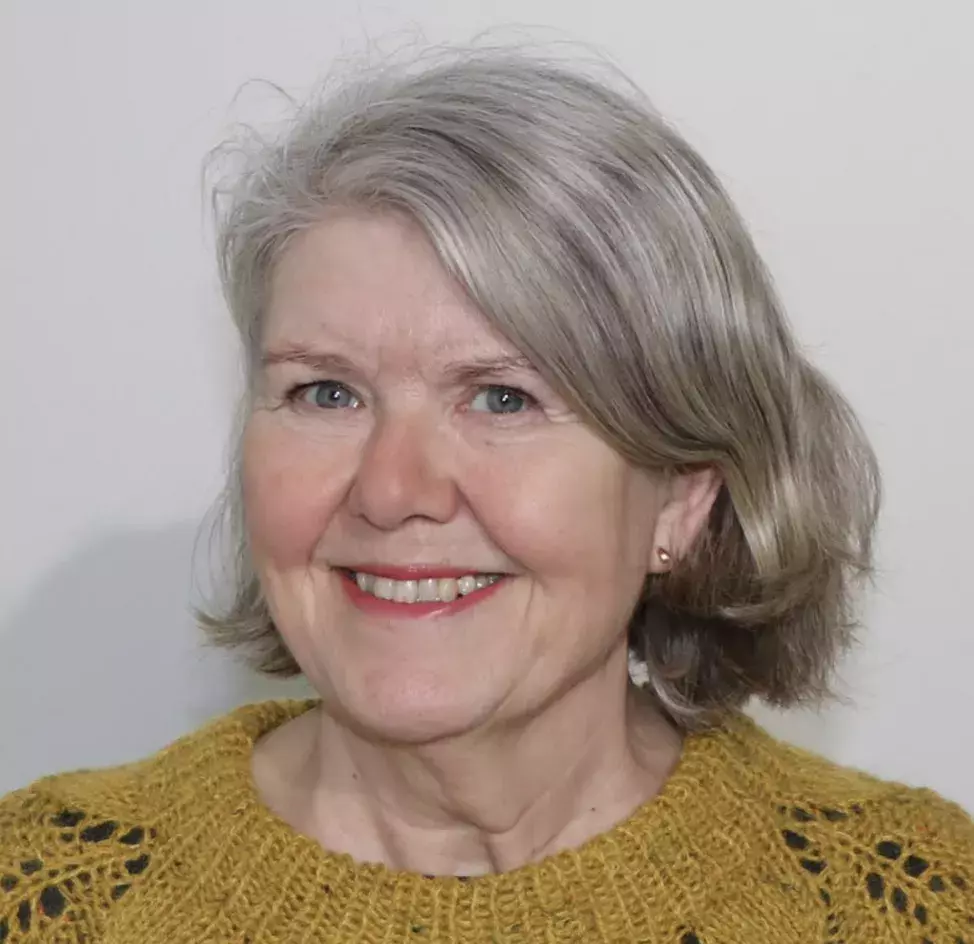
“We have had a great start and have focused on getting our partners on board and creating the administrative framework for the project, including overall financial management. In the coming period, we will be particularly focused on realising the many planned activities".
Anne Marie Frederiksen, Senior consultant, Aarhus Kommune
Connecting Care and Trauma to the Built Environment
The project is deeply anchored in the concept of care, both at a human and structural level. As Judith Butler, American philosopher and gender theorist, notes, recognizing our shared vulnerability and interdependence is key to fostering a caring society. For ImperfectCity, this principle translates into creating urban spaces that reflect and nurture the complexities of human experience, especially for those marginalised by mental health stigma. The brutalist Kulturhus Bunkeren (KB) building, once slated for demolition, becomes a symbol of this philosophy. Its adaptation into a space that is both climate-proof and community-oriented serves not only as a physical shelter but also as a metaphorical refuge for those struggling with mental health issues. However, the pursuit of a more sustainable and joyful city that embraces its imperfections can be seen throughout Aarhus.
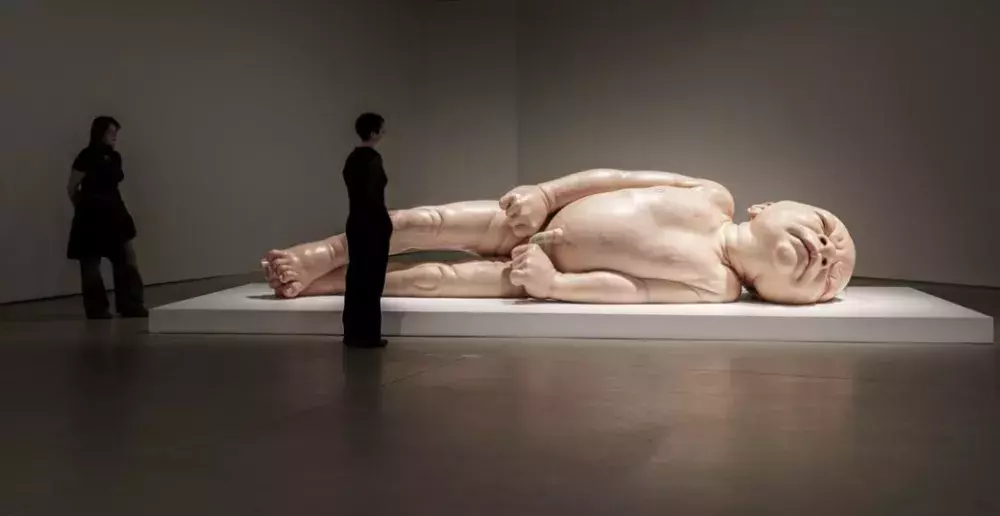
Deeply mirrored with the ImperfectCity Aarhus project, Ron Mueck's exhibition “Art and Life” at ARoS Aarhus Art Museum, and the art collection of the Ovartaci Museum, each uniquely exploring themes of vulnerability, human experience, and societal perceptions. While ImperfectCity Aarhus redefines urban spaces and challenges stigmas around mental health, Mueck’s sculptures provoke a fresh perspective on the human body, capturing moments of profound vulnerability—from the trauma and miracle of birth to the overwhelming realities of motherhood.

Similarly, the Ovartaci Museum's collection, featuring around 12,000 works with 850 on display, primarily showcases the art of Louis Marcussen, known as Ovartaci, a former psychiatric patient whose art challenges conventional views on mental illness. Through his distinctive style, Ovartaci's work reflects both his personal experiences and the broader human condition, emphasising the complexities of the mind and the often blurred lines between sanity and madness. Together, these artistic expressions and initiatives compel us to reconsider our understanding of imperfection—whether in the fabric of our cities, the fragility of our bodies, or the depth of our minds—revealing that true beauty and insight often emerge from embracing life’s inherent flaws and complexities.
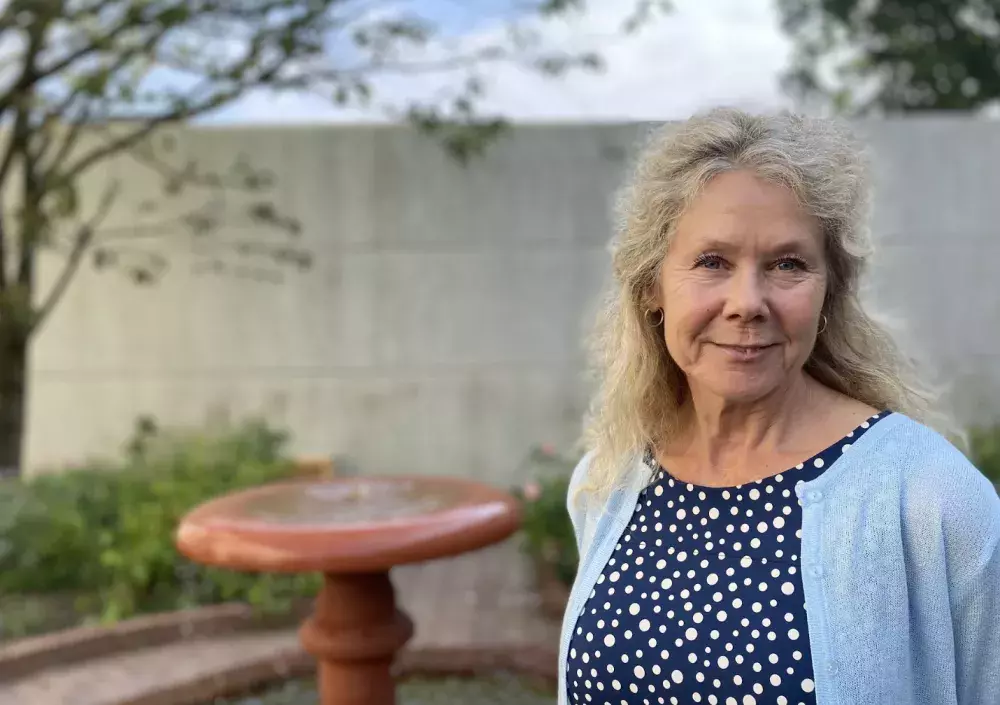
“For many years people with mental health challenges have worked at the museum's creative workshop. Daily we see the positive effect of expressing oneself in ways other than words”
Mia Lejsted, director of Museum Ovartaci
Speaking with Mia Lejsted, director of Museum Ovartaci, a partner organisation in the ImperfectCity project, it becomes clear how important the building is to the local community. As the first resident of the Kulturhus Bunkeren (KB) building, the museum has created a creative workshop space for community members facing mental health challenges, transforming it into a safe and welcoming environment that goes beyond the harsh exterior of the Brutalist structure.
Public Spaces as Arenas for Care and Mutual Support
Public spaces play a vital role in building caring communities, as they are accessible and egalitarian. They foster connections, conviviality, and the emergence of communal life. In the case of ImperfectCity, the renovation of the KB building is not merely a preservation effort but a transformation of a space into a vibrant community hub. Inspired by the innovative practices of the Greater London Council in the 1980s, which democratised cultural participation by prioritising marginalised voices, ImperfectCity aims to create a public space that is inclusive and responsive to the diverse needs of its residents.
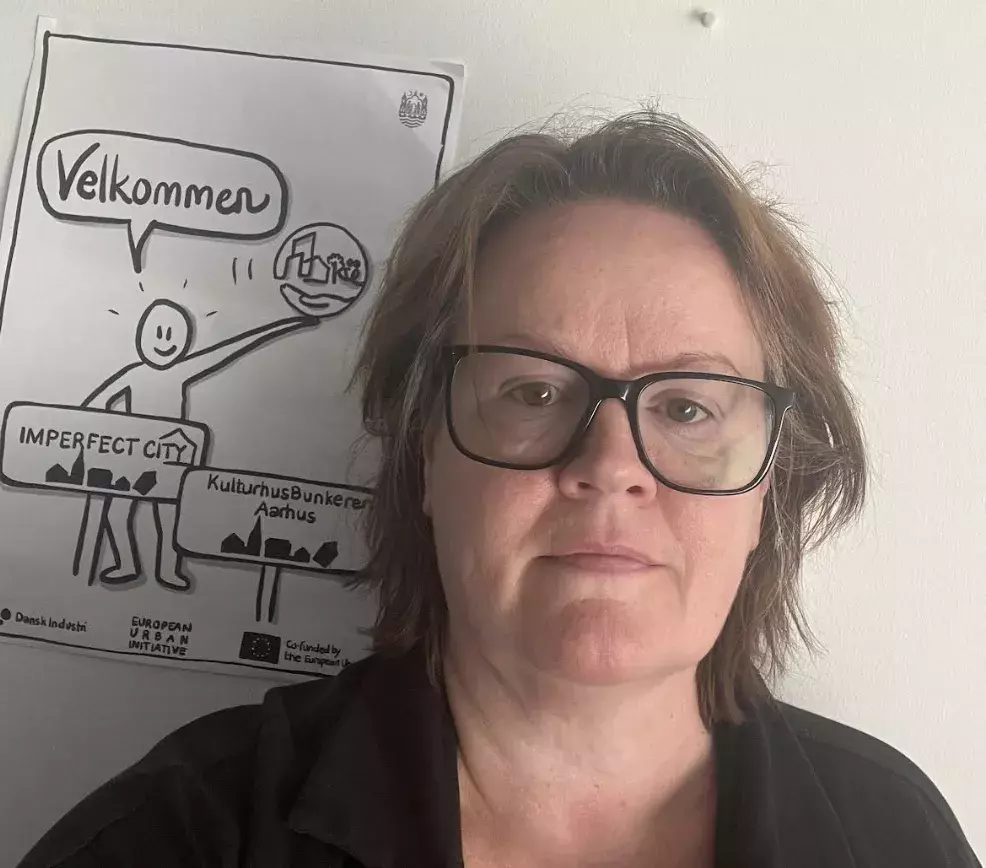
“In ImperfectCity, we are allowed to focus on different forms of sustainability. After all, there is physically a sustainable building. But there is also a focus on sustainable human beings. How can we help ensure that vulnerable people are also an active part of the life that is lived between buildings and life in the city? We collaborate with different partners, and this gives us the opportunity to test different theories and parts of knowledge across the board.”
Zuzette Rostgaard Keldorff, Communications Consultant, Aarhus kommune
The three guiding principles for the EU to take a holistic approach to mental health,adequate and effective prevention (European Health Union priorities 2019 - 2024) are: adequate and effective prevention, access to high quality and affordable mental healthcare and treatment, reintegration into society after recovery and the work that is taking place at Kulturhus Bunkeren (KB) by Skejby Rangers, as led by Stig Christensen is exactly about that. Skejby Rangers, operating from the Kulturhus Bunkeren, aim to create new jobs for vulnerable adults, including young adults, by employing only vulnerable people with a decreased work ability, who otherwise are marginalised in the labour market (more than 40 new jobs have been created since its establishment).
Towards a More Inclusive and Sustainable Urban Future
As ImperfectCity continues to evolve, it sets an example of how we can build more caring, inclusive, and beautiful cities—where every structure, and every person, has a valued place. In line with Eurocities' belief that "There is no health without mental health. And there is no mental health without creating a friendly and inclusive environment for everyone, including marginalised and vulnerable people," (quote by Annette Christie, Councillor of Glasgow and Chair of the Eurocities Social Affairs Forum) ImperfectCity is a testament to the crucial role cities play in fostering mental well-being.
As Michaela Lednova, Eurocities Head of Social Affairs, notes, “The wellbeing of a city is not solely measured by its infrastructure and economy but also by the social cohesion, mental health, and happiness of its inhabitants.”
[1] The term "wicked problems" refers to complex social or environmental challenges that are difficult to define, have no clear solution, and involve multiple stakeholders with differing perspectives. These problems are often interconnected with other issues, making them even more challenging to address. They typically resist straightforward solutions and can evolve over time as new information emerges. In the context of Aarhus, Denmark, "wicked problems" likely relate to specific urban, social, or environmental challenges faced by the city. Aarhus has been known for engaging in progressive urban development, sustainability initiatives, and inclusive community planning
About this resource
The European Urban Initiative is an essential tool of the urban dimension of Cohesion Policy for the 2021-2027 programming period. The initiative established by the European Union supports cities of all sizes, to build their capacity and knowledge, to support innovation and develop transferable and scalable innovative solutions to urban challenges of EU relevance.
Similar content



